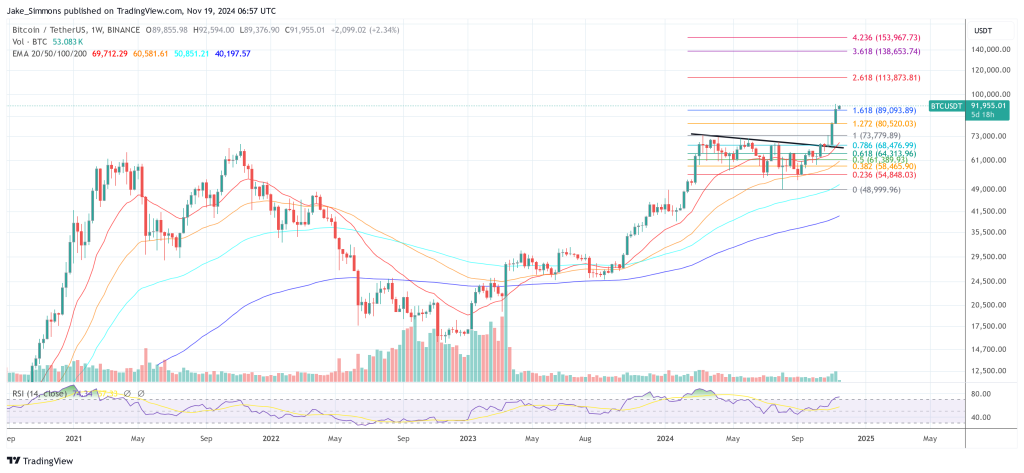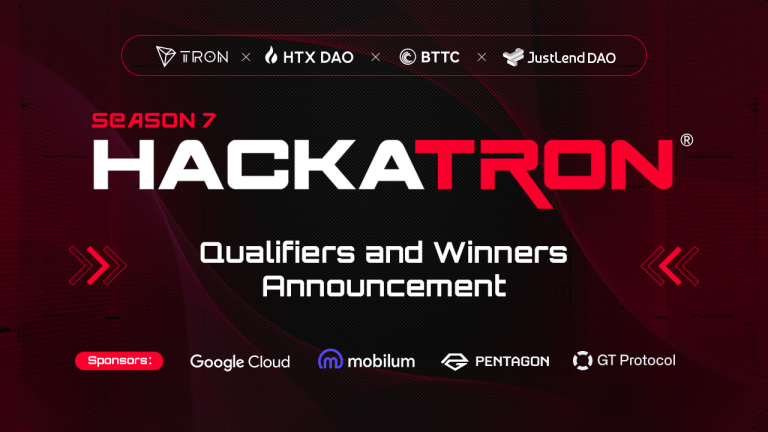TLDR at the bottom
Today I want to shed some light, in a condensed fashion, around what Eigen Layers shared security model brings to the table for developers, ETH validators, stakers, the Ethereum community as a whole. I also want to share the risks associated with Eigen Layer, and how these risks and potential rewards could impact liquid staking going forward.
Eigen Layer is extremely complex, and brings in scalability and economic alignment solutions to Ethereum that so far have not been possible. However, Eigen Layer also runs a lot of risk and tests the boundaries of Ethereum and it’s consensus. I hope this post helps clarify what Eigen Layer is, and how it may impact Ethereum and liquid staking.
Eigen Layer:
Eigen Layer is a fascinating project, being built on Ethereum to allow for outside projects and chains to utilize Ethereum Validators in a way by which Ethereum validators can opt-in to validate a specific outside chain, and they will have specific requirements to meet, in order to not result in a slashing event. Essentially, under the Eigen Layer, it acts as a sort of middleman to execute slashing events, in the case of a misbehaving validator, and on behalf of a blockchain. However, instead of being a blockchain in itself, Eigen Layer is a smart contract on both Ethereum, and the new blockchain which each validator is responsible for validating.
Analyzing the Architecture
In the Eigen Layer model, an Ethereum validator will be able to opt-in to validating a new blockchain, utilizing the stake they ready have locked in their mainnet Ethereum stake. This process is called Restaking. The act of restaking, your stake, towards a new blockchain.
When these Validators opt-in, they have to spin up a new node running the specific code of the new blockchain, as well as the Eigen Layer smart contract on both chains. This new node, will communicate with the Eigen Layer contract, about the parameters required for the Validator to run this new node, as well as the slashing conditions for this new chain.
If a blockchain finds a Validator performing a malicious act, such as a double sign, for example, this blockchain will send a message to the smart contract on its chain, which will relay a message to the Ethereum mainnet contract, which will then unbond the Ethereum stake, slash the stake and send the remaining stake, to the validators receiving address.
This slashing mechanism, provided by the Eigen Layer smart contract, acts as a mechanism to keep the validator honest while validating the new Blockchain. It also means that Validators that opt-in to validate new chains, will likely find various new forms of revenue coming from chains seeking Ethereum’s economic Security.
Potential drawback:
Eigen layer does not have base layer functionality, and will have to rely on a seperate form of message passing, to inform the Eigen layer on Ethereum mainnet to slash a validator. It’s only a smart contract, so it has to rely on a much more complex system of attempting to provide a shared security model, as opposed to other shared security models which provide base layer message passing capabilities, such as Cosmos and Polkadot.
In my research, it had not become totally apparent what method will be used for message passing, however, if there is a multisig used in it, then there is a general risk associated that is not associated with how Interchain Security is designed. However, it would be welcome to hear if the general message passing of slashing packets from Eigen layer is fully decentralized and trustless.
Potential impacts on Liquid staking
One of the most significant impacts that Eigen Layer could make, could be in the realm of Liquid Staking. It’s already possible for the average investor to buy, say, stETH and earn additional ETH after they swap back to ETH. However, Eigen Layer adds in an additional potential source of staking income, to stETH.
Eigen Layer gives Lido the ability to run a whole new set of validator operations, that will pay new rewards on their stETH. That stETH will just continue to gain more value through that process, leading to a circular effect of more and more ETH being liquid staked to try to gain additional yield. The yield opportunity here could be absolutely massive, but the risks also grow with every new chain that Lido would Validate.
Remember, every new node that Lido would run, to create this additional yield, is a new slashing vector. If Lido misses an upgrade on one of the new chains, the slashing would effect all ETH that was locked into the nodes that missed the upgrade.
This is a risk that will likely exist with any liquid staking provider. A few things that may end up being very important in a post-Eigen Layer liquid staking environment could be;
Pay attention to liquid staking governance, and consider participating as much as possible. Knowledge and understanding of the chains a LS provider runs, and how serious they take their upgrades, may just save you from a slashing event.
Diversify your liquid staked ETH. Don’t just stake with Lido, spread your stake to other liquid staking providers, and know what additional chains they are validating. There is risk with every new validated chain, and every liquid staking provider could potentially be slashed. So spread out the risk of your ETH being slashed, amongst various providers.
Conclusion
In my opinion, Eigen Layer is a great advancement forward in terms of Ethereum scalability and economic alignment with Rollups and app-chains. However, it doesn’t come without new risks to be aware of, and most importantly, it’s impacts on liquid staking and it’s impacts on yield generation in Ethereum has tons of potential to grow to massive heights over the next few years.
Let’s hope that Liquid stakers and the providers alike, will all be aware of the new risks and responsibilities that come with Eigen Layers shared security model.
TLDR; Eigen Layer is attempting to bring Shared Security to Ethereum. Validators will be able to Opt-In to using their stake, to validate more chains than just Ethereum by allowing Eigen Layer to slash their Ethereum stake, in the event they miss behave. These Validators will also be able to earn additional revenue by validating various chains, using their staked ETH.
This new revenue, will also have a large impact on the liquid staking markets as well. It will allow for Liquid stakers to earn more revenue while holding onto their LS ETH, however, it also creates a new risk vector for LS Providers to get slashed. Liquid stakers need to be very aware of the potential risk that comes with Eigen Layer and it’s slashing mechanism.
However, if it is handled properly, and due diligence is done on the parts of all parties involved, the yield opportunities that are in the horizon could be massive.
[link] [comments]

You can get bonuses upto $100 FREE BONUS when you:
💰 Install these recommended apps:
💲 SocialGood - 100% Crypto Back on Everyday Shopping
💲 xPortal - The DeFi For The Next Billion
💲 CryptoTab Browser - Lightweight, fast, and ready to mine!
💰 Register on these recommended exchanges:
🟡 Binance🟡 Bitfinex🟡 Bitmart🟡 Bittrex🟡 Bitget
🟡 CoinEx🟡 Crypto.com🟡 Gate.io🟡 Huobi🟡 Kucoin.




















Comments